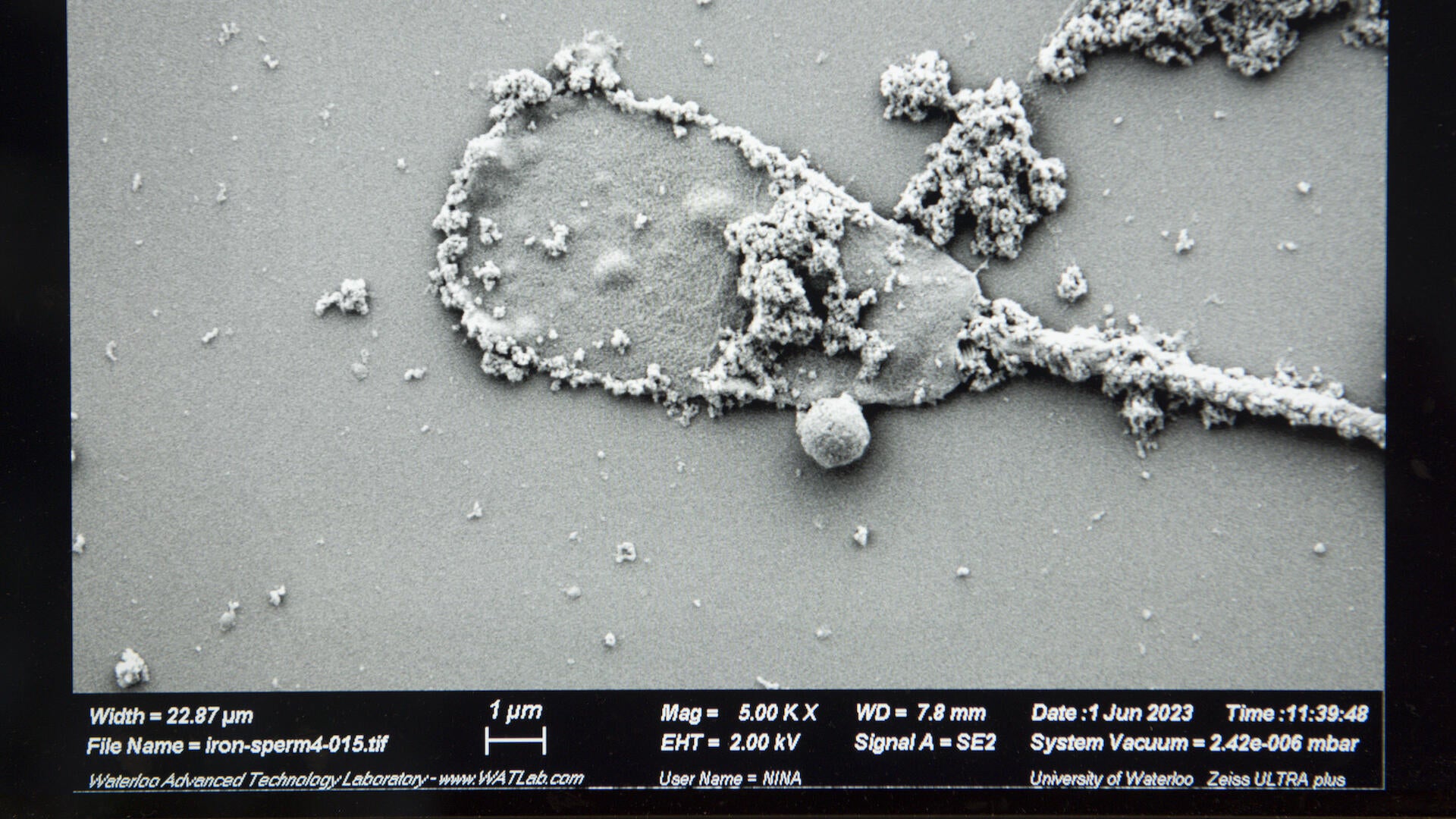How would the treatment experience and outcomes change for cancer patients if we could actively deliver chemotherapy drugs directly to their tumours?
What if large and complex kidney stones could be dissolved without the need for invasive procedures?
Would the success rate of fertility treatments increase if specialists could guide live sperm directly to the most advantageous location for fertilization?
The answer to these and other questions may very well lie in medical microrobots. They also happen to be questions Dr. Veronika Magdanz, an assistant professor in systems design engineering at the University of Waterloo, is busy researching.
Magdanz’s work focuses on biomedical engineering – she’s always been inspired by biological applications in science. But her introduction to microrobotics happened quite by accident when she was searching for PhD opportunities.
“I saw a posting at the Leibniz Institute for Solid State and Materials Research in Germany,” Magdanz says. “They were basically looking for new ways to power microrobots. I knew nothing about the field but it sounded exciting!’”
